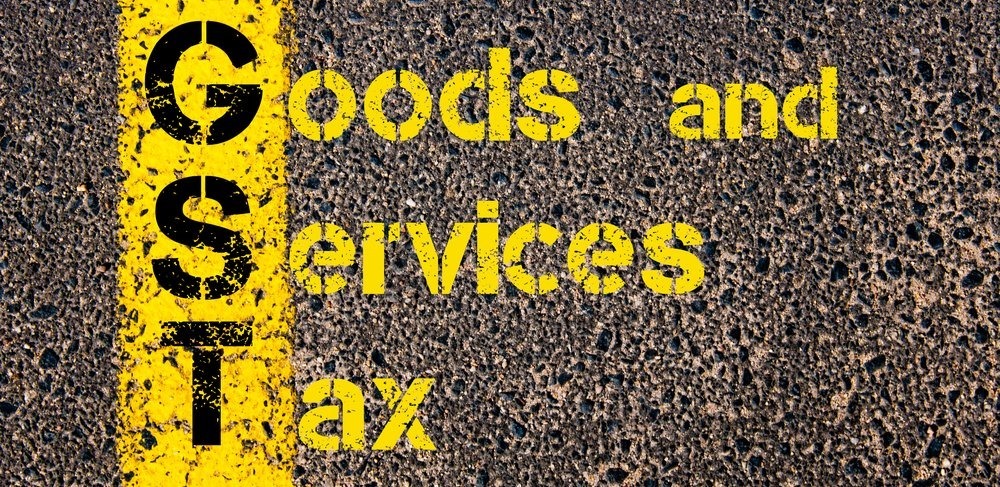GST Bill Fate To Be Sealed Today – 9 Positive & Negative Changes Which GST Can Trigger

Last year in the month of May, Lok Sabha passed the GST Bill, which was hailed as the biggest tax reform of India since Independence. However, due to political reasons, the Bill couldn’t pass the Lok Sabha’s approval since then.
Today is a litmus test for Modi Govt. as the reformed GST Bill would be tabled at Rajya Sabha and discussions related to its passage would be held.
GST or Goods and Services Tax Bill aims to create a uniform tax structure pan-India, removing several layers of taxation such as purchase tax, VAT or Sales Tax, state-level taxes like, entertainment tax, excise duty, entry tax, luxury tax and octroi. As per various analysts, GST Bill can increase India’s GDP by 2%.
In order to remove the political logjam and to take Congress Party’s support for passing GST Bill, Govt. has amended several pointers which was earlier passed in Lok Sabha:
– Removed the provision of 1% additional manufacturing tax for supplying goods so that non-manufacturing states doesn’t feel the pinch and stop revenue loss for them
– During the first 5 years of GST’s implementation, Govt. has guaranteed to compensate any revenue loss to any state
– A uniform GST rate would be accommodated which can protect the common man from high prices
– Centre will leave control to tax any business which has turnover of less than Rs 1.5 crore
– A dedicated dispute redressal system to be created pan-India
Internet and Mobile Association of India (IAMAI) has already declared that if GST Bill is not passed, then it can destroy ecommerce sector. Assocham has hailed GST as the ‘Brahamastra’ for Indian economy; and even USA has supported passing of GST as it can unleash a new wave of economic reforms.
Positive Changes Once GST Is Passed
– Due to various Centre and State taxes, a consumer today pays 25-27% more for a product, compared to what it actually costed to be manufactured. Although there is no mention of a cap, but as per experts, GST can be limited at 18-20% once approved in the Lok Sabha. Thus, the prices of goods can come down.
– Prices of small cars and two-wheelers can drastically come down once GST Bill is approved. As of now, small cars which have length of less than 4 meters and engine capacity less than 1500 cc are taxed at 30.4%, which will come down to 18-20% with GST. A price drop of 10% is expected by the industry. However, prices of luxury cars won’t be affected.
– Prices of movie tickets is also expected to drop
– Prices of Made in India mobile phones and electronic gadgets can come down, as various Inter-state taxes would be removed and a uniform tax structure would be implemented. However, doubts persists among handset makers and they have requested the Govt. for more clarification
– Govt. is pretty optimistic that ‘One Nation One Tax’ policy can stop corruption as well
Negative Changes Once GST Is Passed
– Effective service tax is presently 15%, which would increase to 18-20% once GST is passed. Hence, although prices of goods and products can come down, service industry will bear the brunt of higher taxes.
– Air travel, hotels would become more expensive. Currently, economy class tickets are taxed 6% and non-economy class tickets are charged 9%. Once GST is implemented, it would increase to 18%, thereby leading to direct increase of 9-12% tax on the tickets. Unless the airlines absorb this increase, the additional tax has to be paid by the consumer
– Insurance premiums, investments would be more expensive
– Cigarettes, branded clothes, branded jewellery, and even mobile phone calls would be more expensive post GST
A lot will change once GST Bill is approved, as there exists several clauses and conditions pertaining to inter-state movements, power of States to levy tax and/or remove tax and the issue of 93% workers in India who are working in unorganized sector.
We will keep you updated as more details come in.

[…] long awaited constitutional amendment to Goods and Services Tax (GST) finally sees the light of the day. Given that the businesses in our country face several hurdles […]
It is effort to give lot of relief to Big players and a death jolt to small players. for example
Big players were paying taxes together 20 to 23% Where as small players 7 to 8% now need to pay 12% a lost of 4 to 5%. Big players of the same sector now gain by 10 to 12% . With this they shall eradicate small players in competition. Above all with every increase of turnover of big players shall increase loss to exchequer. I really could not understand the logic behind it atall.